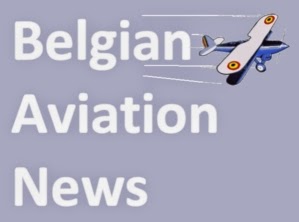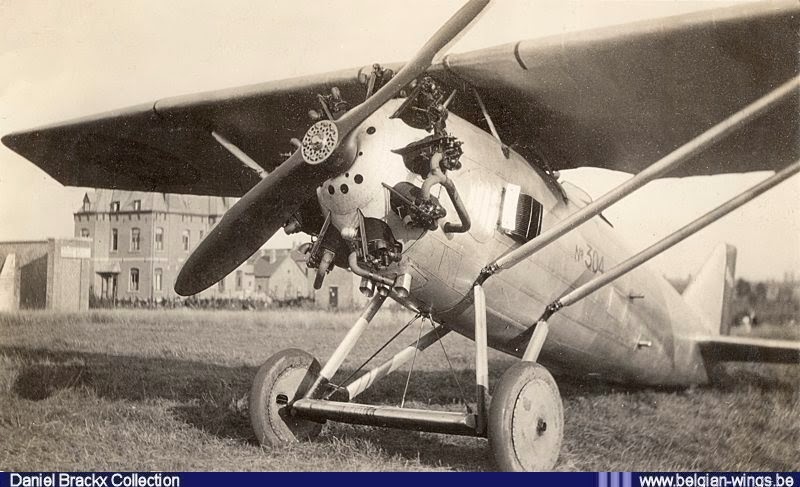Brussels Airlines kondigt grote Europese netwerkuitbreiding aan
Brussels Airlines verstevigt haar marktpositie gevoelig
en start het zomerseizoen met tal van nieuwe bestemmingen, bijkomende
vliegtuigen en investeert in service innovaties.

Tijdens een persconferentie in Brussel onthulde CEO
Bernard Gustin vandaag de nieuwe commerciële strategie van Brussels
Airlines. De luchtvaartmaatschappij werkte de voorbije maanden hard aan
een verbetering van haar productiviteit en van de kostenstructuur, die
met 10 procent daalde. Tegelijkertijd werd
flink geïnvesteerd in service en comfort voor de passagiers.
De inspanningen leidden tot een gevoelige passagiersgroei, een hogere
passagierstevredenheid en een rendabiliteitsverbetering. Dit heeft de
maatschappij toegelaten om te investeren in de uitbreiding van haar
netwerk: deze lente en zomer zullen er
talrijke nieuwe routes
op het programma van Brussels Airlines staan. In de loop van de
volgende maanden wordt de bestaande Airbus vloot daarom uitgebreid met
twee bijkomende Airbus A319 toestellen.
In totaal werden vandaag negen nieuwe zomerbestemmingen
bekendgemaakt en twee nieuwe bestemmingen die Brussels Airlines het
hele jaar door zal bedienen. Het gaat om de grootste netwerkuitbreiding
in de geschiedenis van de maatschappij. Met Ajaccio, Athene, Bari,
Bastia, Cagliari, Figari, Malta, Montpellier en Sevilla worden populaire
zomerbestemmingen aan het netwerk toegevoegd. De nieuwe lijnvluchten
naar Krakau en Warschau illustreren een sterke investering in de Poolse
markt. Daarnaast worden de vluchtfrequenties naar talrijke bestaande
bestemmingen (Firenze, Palermo, Marseille, Catania en Madrid) gevoelig
verhoogd, wat resulteert in een totaal van 400.000 extra aangeboden zetels in 2014.
Naast een netwerkuitbreiding heeft Brussels Airlines nog meer projecten op het programma staan. Later dit jaar wordt een vernieuwde brusselsairlines.com gelanceerd die passagiers nog meer mogelijkheden en selfservice opties zal bieden. De maatschappij zal ook nieuwe productformules
introduceren, om beter te beantwoorden aan de specifieke noden van de
verschillende types passagiers. Er wordt ook gewerkt aan een nieuw getrouwheidsprogramma,
voor het Europese netwerk van Brussels Airlines. Het programma zal
naast het huidige Miles & More bestaan. Tenslotte opent de
maatschappij eind 2014 haar vernieuwde luchthavenlounges op Brussels Airport.
“De vele nieuwigheden die we vandaag bekendmaken illustreren onze
ambities”, zei CEO Bernard Gustin tijdens de persconferentie. “Brussels
Airlines positioneert zich meer dan ooit als een luchtvaartmaatschappij
met een aantrekkelijk vluchtaanbod voor zowel vakantiegangers en citytrippers als zakenreizigers.
We zullen ons in de toekomst nog meer onderscheiden door onze focus op
service en innovatie en competitieve prijzen. Dit is nog maar het begin
van het nieuwe, dynamische Brussels Airlines dat in een snel wijzigende
marktomgeving flexibel is en zich kan aanpassen.”











